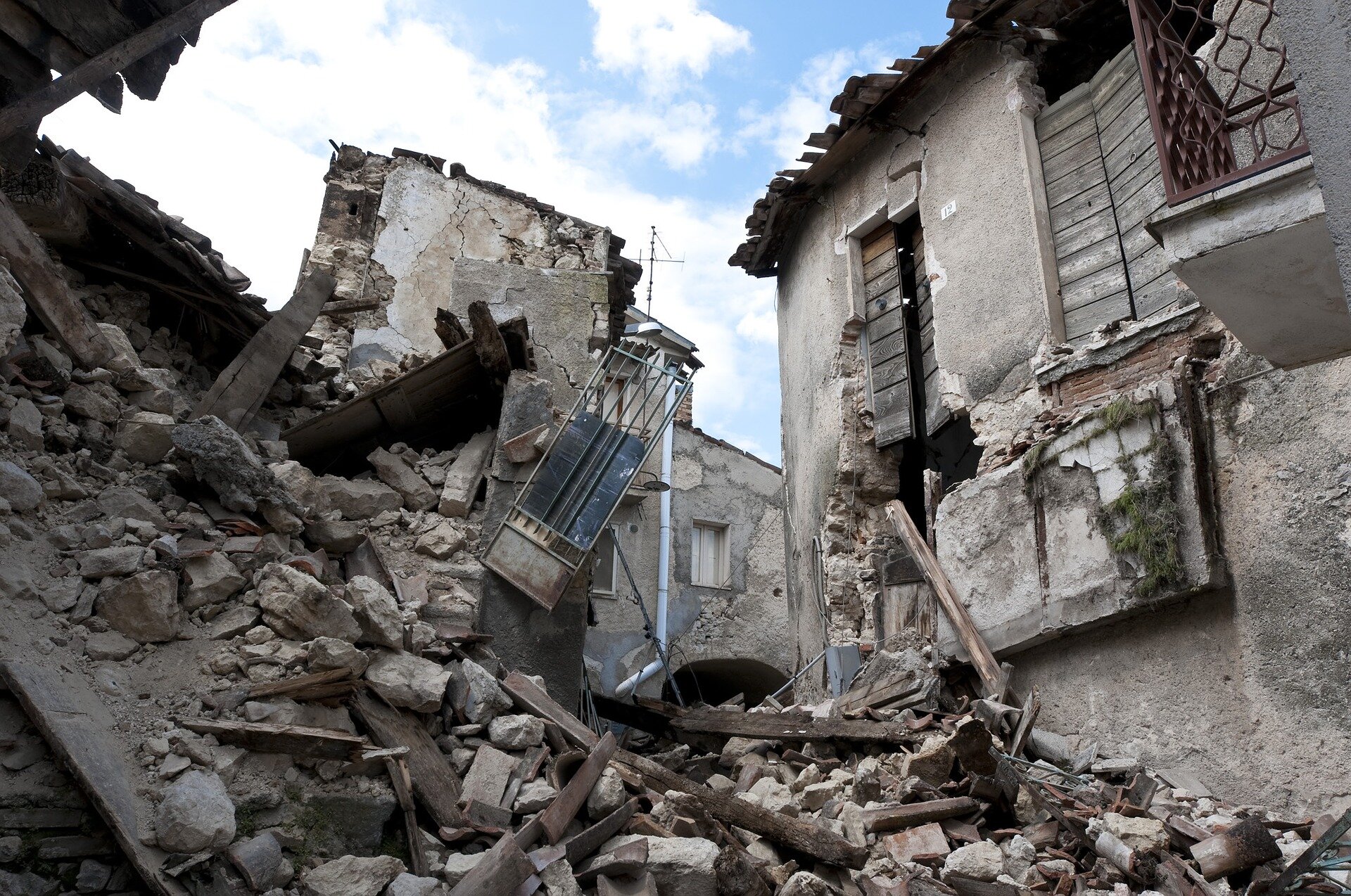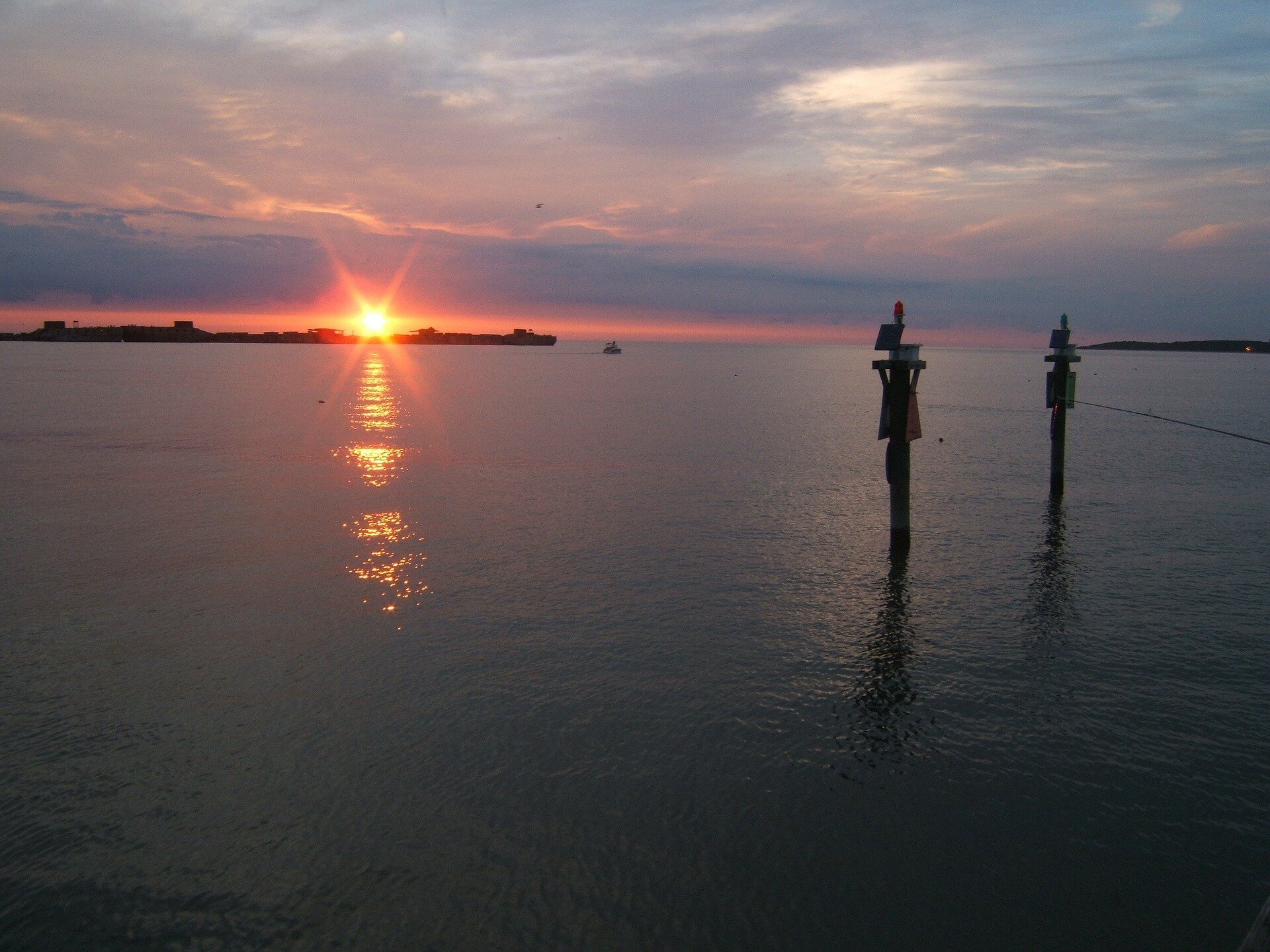- Southwest Airlines raises summer revenue forecast, authorizes $2.5 billion in share buyback
- China's Xi and top leaders call for halting real estate decline, responding to public concerns
- Google venture arm backs startup aiming to bring mixed reality to any car windshield or plane cockpit
- David Tepper says the Fed has to cut rates at least two or three more times to keep credibility
- Swiss central bank cuts rates by a quarter point in third trim this year
What do you believe is the single most important factor driving up the cost of living in Nigeria?

NASA analysis shows irreversible sea level rise for Pacific islands
In the next 30 years, Pacific Island nations such as Tuvalu, Kiribati, and Fiji will experience at least 8 inches (15 centimeters) of sea level rise, according to an analysis by NASA's sea level change science team. This amount of rise will occur regardless of whether greenhouse gas emissions change in the coming years.
The sea level change team undertook the analysis of this region at the request of several Pacific Island nations, including Tuvalu and Kiribati, and in close coordination with the U.S. Department of State.
In addition to the overall analysis, the agency's sea level team produced high-resolution maps showing which areas of different Pacific Island nations will be vulnerable to high-tide flooding—otherwise known as nuisance flooding or sunny day flooding—by the 2050s. Released on Sept. 23, the maps outline flooding potential in a range of emissions scenarios, from best-case to business-as-usual to worst-case.
"Sea level will continue to rise for centuries, causing more frequent flooding," said Nadya Vinogradova Shiffer, who directs ocean physics programs for NASA's Earth Science Division. "NASA's new flood tool tells you what the potential increase in flooding frequency and severity look like in the next decades for the coastal communities of the Pacific Island nations."
Team members, led by researchers at the University of Hawaii and in collaboration with scientists at the University of Colorado and Virginia Tech, started with flood maps of Kiribati, Tuvalu, Fiji, Nauru, and Niue. They plan to build high-resolution maps for other Pacific Island nations in the near future. The maps can assist Pacific Island nations in deciding where to focus mitigation efforts.

- September 27, 2024
Delta to prosecute doctors providing family planning to minors

- September 26, 2024
Strategies for maximizing recombinant protein production in tobacco plants

- September 26, 2024
Research shows heat, drought and fire risk are increasing in South America

- September 26, 2024
Why crickets swarm in the fall



- September 26, 2024
Manifesto outlines plankton's role in tackling triple planetary crisis

- September 26, 2024
Tools for simplifying startup operations


Subscribe to our mailing list to get the new updates!

Subscribe our newsletter to stay updated
Thank you for subscribing!




